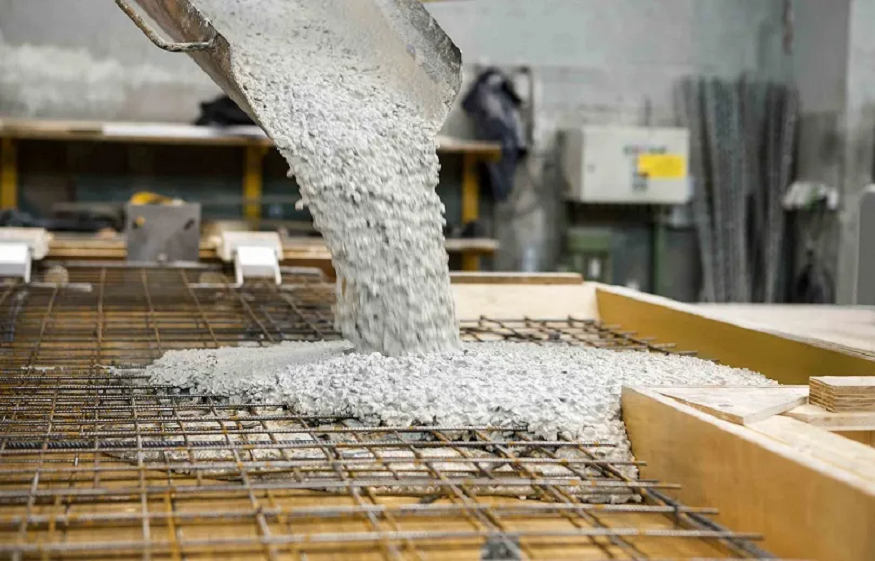If you have ever stood near an ancient Roman ruin and thought, “How has this lasted more than two thousand years?”—the answer often lies in pozzolana cement.
This is not just any material. Unlike ordinary Portland cement, which dominates construction today, pozzolana cement’s story begins in ancient history. Remarkably, it continues to play an important role in modern building projects. Let us look back to see how it first came into use.
How the Romans Figured It Out
Imagine Rome 2,000 years ago. Builders were taking on incredible projects—long aqueducts, massive amphitheaters, and harbors that had to endure the sea. Lime mortars alone were not enough. Near the town of Pozzuoli in Italy, they discovered volcanic ash. When mixed with lime, the result was a cement that hardened not only in open air but also underwater.
This discovery transformed what was possible.
- The Colosseum was made with it.
- Harbors that still exist today were made with it.
- Aqueducts running across miles were made with it.
While the Romans did not understand the science, they understood the results—and those results still stand as proof of its strength.
The Idea Comes Back to Life
After Rome fell, the knowledge of pozzolana cement disappeared. For centuries, builders worked with weaker, short-lived mixtures. Then, in the 1700s, European engineers studied Roman ruins more closely. Why were they still standing?
Through study and experiments, they rediscovered the role of volcanic ash. By the 1800s, when ordinary Portland cement was being developed, it was blended with pozzolanic materials. The outcome was stronger, more durable, and more dependable cement—what we now call Portland Pozzolana Cement (PPC).
Why Pozzolana Cement Got the Spotlight
Pozzolana cement earned its importance for three key reasons:
- Long life: Buildings and structures last far longer and resist damage.
- Natural resistance: It provides protection against water, chemicals, and weather.
- Environmentally responsible: By reusing materials like fly ash, less energy is consumed and emissions are reduced.
In short, pozzolana cement gives both strength and sustainability—qualities that ordinary Portland cement alone cannot fully achieve.
Where You’ll See It Today
Look at a major bridge, drive on a highway, or stand near the walls of a dam. In most cases, PPC cement plays a role. It is widely used for foundations, marine structures, and large-scale works where concrete must perform for decades under heavy stress.
Even though construction methods today are more advanced than in Roman times, the principle remains unchanged: use pozzolana cement when you want structures to last.
Conclusion
The history of pozzolana cement is a record of human innovation. From Roman builders who experimented with volcanic ash and lime to modern engineers blending it into PPC cement, its purpose has always been the same: to create structures that stand the test of time.
It is one of the rare ancient discoveries that has not been replaced but steadily refined. More than two millennia later, pozzolana cement continues to support our homes, our roads, and our infrastructure. This is more than history—it is legacy.




